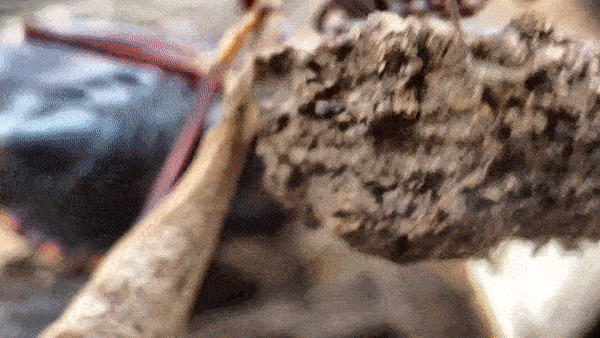Why did modern humans make it to the present day while Neanderthals did not?
Well, there are a lot of reasons that people still debate to this day, but some of the common themes that frequently come up are:
1. Neanderthals lived in smaller groups than modern day humans and thus collaborated less than modern humans i.e. Neanderthals were incompetent to form twitter outrage mobs and cancel someone whose views they did not agree with.
2. Neanderthals were slower in adapting their tools and lifestyles to changing environments i.e. they were still using Facebook when the entire world was on TikTok.
Higher levels of cooperation and collaboration is an adaptation that more evolved species usually display. Hence we say modern humans are considered to be more evolved and Neanderthals as more primitive. Similarly, all insects initially lead solitary lives and then some species in ants, wasps and bees abandoned their solitary existence to live with large colonies which relied on collaboration. Thus these social insects are considered to be more evolved.
Ants you might see in your homes or at the park live in huge social colonies, will cooperate in brood care and foraging activities. Once a worker ant discovers a new source of food, it will go back to its colony and recruit more worker ants to get the food which it would have struggled to bring back on its own.
Here we take a look at how that kind of collaboration works.
It's a warm summer day when a cicada who takes life as it comes starts tweeting.
But in today's world you cannot tweet anything without offending a few. And the last tweet irked some ant who was browsing twitter while lying on its bed. So it starts a twitter spat with the cicada.
But one ant cannot bring down this huge monster.
So it calls for help, going to its colony and recruiting more worker ants to conquer this cicada who is on the wrong side of history.
Thus the cicada is officially CANCELLED.
And this is how how collaboration works in more evolved ant societies so they can bring home the bagel(Sorry, I had to do, PeTA was threatening to cancel me if I used the other B word)
In a way, our ancestors might have worked in collaboration just like these ants to bring down the Woolly Mammoths. Not all humans though, just the ones who consumed meat, the vegan ones were never a part of it, they were always advocating for a plant based diet.
Below we see a group of Pavement Ants trying to take down a maggot.
But, not all ant colonies behave in that way. On a trip to Australia last year I observed some primitive ants which do not cooperate with other worker ants to bring back food to the colony. Even if that means the prey might be a little too big for its size.
Below is a Green-head ant taking a millipede back to its colony, "Asking for help is a sign of weakness" it tells me. I nod in agreement.
And over here another one is struggling to take back a stink bug.








No comments:
Post a Comment
Did you learn something new in this post? Let us know in the comments below